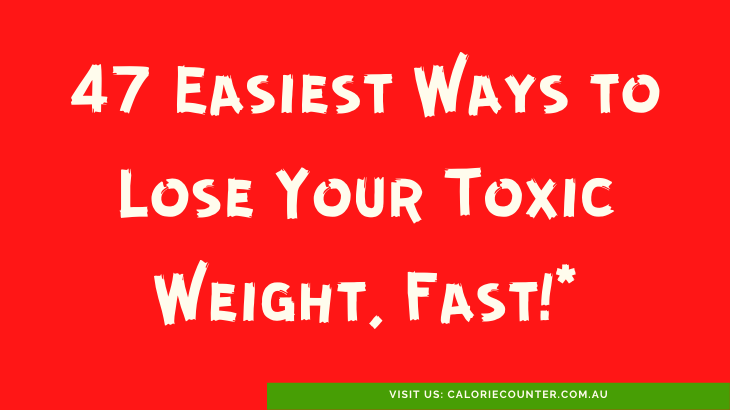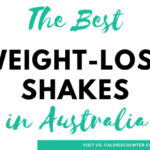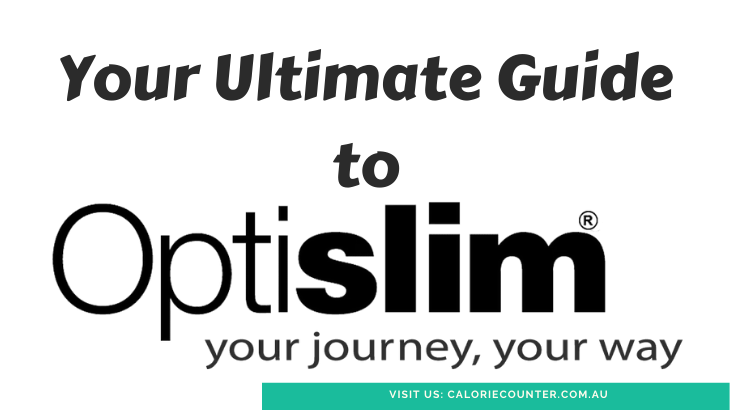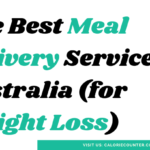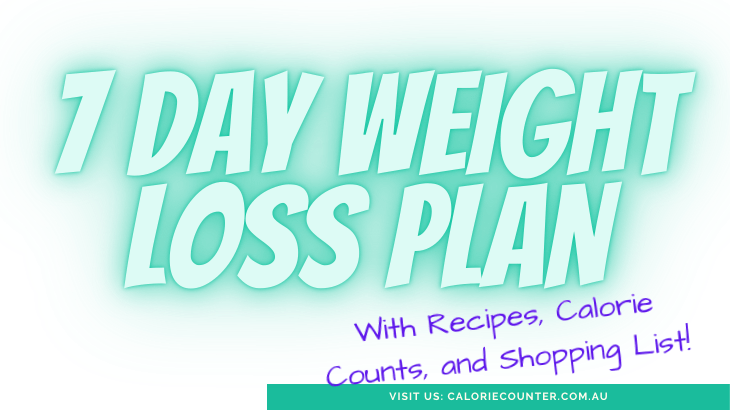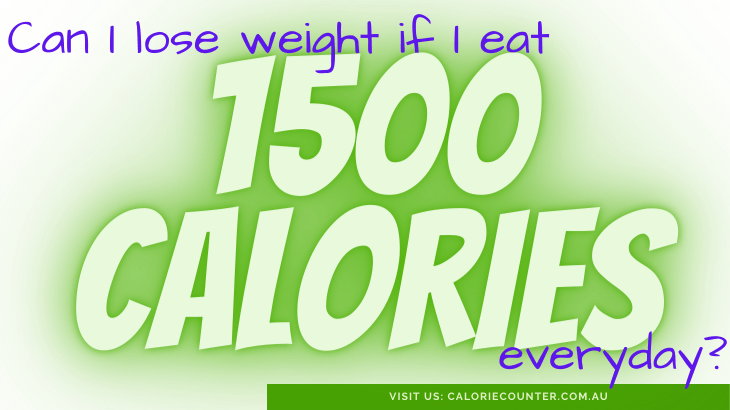A Very Low Calorie Diet (VLCD) is a diet which restricts your daily calorie intake to between 450 and 800 calories per day. VLCDs cause rapid weight loss and are usually prescribed by doctors to people who have a BMI of 30 and over. People who stick to their VLCD typically lose 1kg to 2.5kg per week. Are you thinking about trying a VLCD? Read on to learn more about Very Low Calorie Diets and what you need to know before starting one.
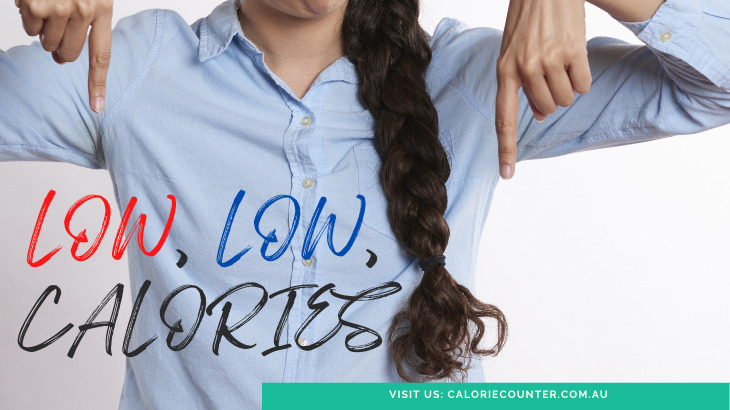
What, exactly, is a VLCD?
What makes a VLCD different from a regular low-calorie diet (LCD) or calorie-controlled meal plan? Simply put, VLCDs are much lower in calories. The maximum daily calories allowed in a proper VLCD is 800, which is almost half the calories of a typical 1500 calorie plan. At this level, it simply is not possible for your body to get enough calories to maintain its weight. Even the most stubborn weight will be lost, despite individual BMR fluctuations and genetic/hormonal factors. When on a VLCD, your body has absolutely no choice but to open the larder and use stored reserves to survive.
Do VLCDs Work?
There is no controversy here: Very Low Calorie Diets are effective. At the sub-800 calories per day range, with very few exceptions, every overweight adult will lose weight fast. If you can stick to a VLCD for more than a week, you are going to lose weight. It won’t be water-weight, or random fluctuation. Your body will have used up real body weight to cover an unavoidable calorie deficit. The whole point of body fat stores is to prepare for the exact conditions that a VLCD entails. Your fat will be absorbed, it is just simple physics.

Medical Supervision Recommended
If you are planning to seriously go on a VLCD, it is important to get some medical advice from your doctor beforehand. Modern formulated VLCDs are nutritionally sound and therefore safe, but your individual health condition needs to be assessed before, and during an extended VLCD. It is crucial to get enough protein and micronutrients (vitamins and minerals) from your VLCD, even with greatly reduced calorie intake. 20th century style fibre-based VLCDs and fad single-source Very Low-Calorie Diets like “The Grapefruit Diet” and “The Cabbage Diet” can be dangerously low in nutrition, so should be avoided.
VLCDs are usually not recommended for people who are:
- 18 and under
- Pregnant
- Breastfeeding
- Suffering from an eating disorder

Generally Safe
Modern VLCDs are generally safe for most people, with many studies showing that they can be safely sustained for long periods of at least a year. The human body is well capable of adapting to a nutritionally balanced VLCD without causing significant loss of function. After an initial uncomfortable period, which may last from 2 to 10 days, most people are able to carry on with their daily activities without issue.
What do you eat on a VLCD?
When on a Very Low-Calorie Diet, you can forget about typical high-calorie foods. Topping out at 800 calories per day is really hard to do if you include a typical 700 calorie burger, for example. If you try to cover all your nutritional bases with the food you usually eat whilst staying below 800 calories, you’re going to find yourself eating ridiculously tiny portions. This is going to become very discouraging very quickly. For this reason, most VLCDs come in the form of meal replacement shakes, bars, and prepared meals. The shakes, bars, and VLCD meals are nutritionally balanced with calorie counts not exceeding 800 calories per day.
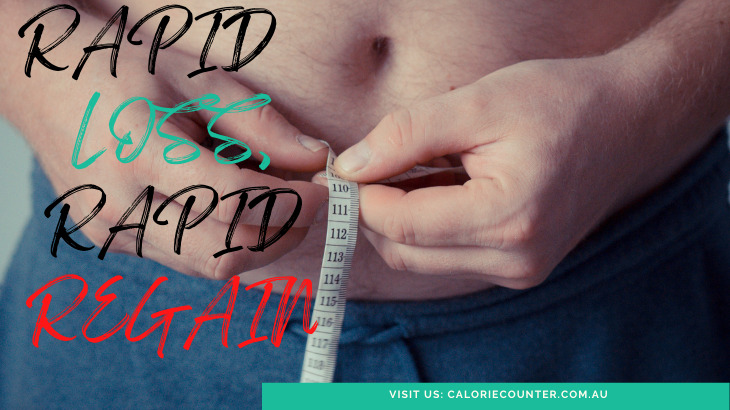
Main Reason for Not going on a VLCD
If VLCDs are so effective, why do we recommend a 1500 calorie diet for most people? Whilst there are many reasons to choose LCDs (Low Calorie Diets in the 800-1600 calorie range) rather than VLCDs, we like to focus on just one: the dreaded bounce-back. VLCDs are also known as “crash-diets” and are notorious for causing rapid weight loss, followed by rapid weight regain on completion. If you cannot adjust to lower everyday calories after coming off a VLCD, you’re much better off taking a more gradual LCD approach to weight loss.
VLCDs are good Interventions
Very Low-Calorie Diets are best thought of as an emergency intervention. They can break up a long-standing trend of weight gain by quickly snapping your body into rapid weight loss. After the initial results and “shock to the system”, you can ease into a higher calorie level such as a 1500 calorie low-calorie diet to continue your weight loss journey in a sustained, more comfortable way. Many people find the initial results of a VLCD so encouraging that they remain motivated to keep losing weight for extended periods.
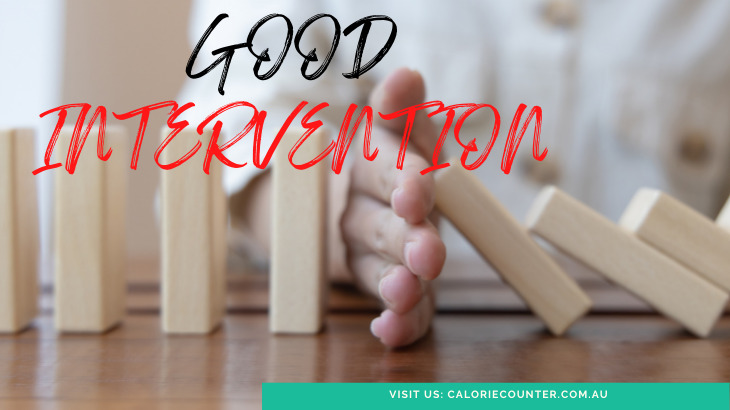
VLCD Weight Loss per Week
The amount of weight you will lose per week whilst you are on a VLCD depends on the size of your calorie deficit. This is different for everyone, but most people can expect to lose between 1 kilogramme and 2kg per week. By anyone’s standards, this sort of weight loss is rapid and can be highly motivational for people who have struggled with their weight for a few years. Ideally, the initial VLCD intervention will trigger a virtuous cycle wherein you switch to healthier eating habits for sustained results.
VLCD Examples
Gone are the days when VLCDs were either shady products offered by unscrupulous companies, or home-remedies based on pseudoscience. Today, you are spoiled for choice as nutritionist formulated VLCD products from reputable providers abound. These are two of the best VLCDs available in Australia:
Be Fit Food
Unlike most VLCD products, Be Fit Food provides actual traditional meals instead of shakes and bars alone. Be Fit Food offers Australia’s only REAL FOOD Very Low-Calorie Diet (VLCD) program, designed for safe and effective weight loss over a short period of time. Their meals are low in saturated fat, high in protein, low in sodium, contain a minimum of 4-12 vegetables and high source of dietary fibre. Each meal is snap-frozen to lock in all the nutrients and you can lose up to 5kg in just 2 weeks!
Right now, calcounters get a special $25 discount when they use the code “CALCOUNT” at checkout! Click the banner below to see what they have to offer:
Optislim
Prefer a more traditional shake-and-bar type of VLCD? Optislim is arguably the quintessential VLCD product. We’ve already written an in-depth guide to what they offer and how it works here.
Try a VLCD, or Not?
Very Low-Calorie Diets are the most restrictive type of calorie-controlled system for weight loss, so they should not be chosen lightly. They’re hard to do and if you are not in the right headspace, they can be discouraging if rapid weight loss is followed by rapid weight regain. It is best to speak with your doctor to see if a VLCD is right for you. If so, a VLCD might be exactly what you need to intervene in a long-term weight gain cycle and kick-start a sustained path back to healthy weight!

